10 operating systems for PCs that not everyone knows about (11 photos)
Some of them have no practical application, but those who like to discover something new will be interested. 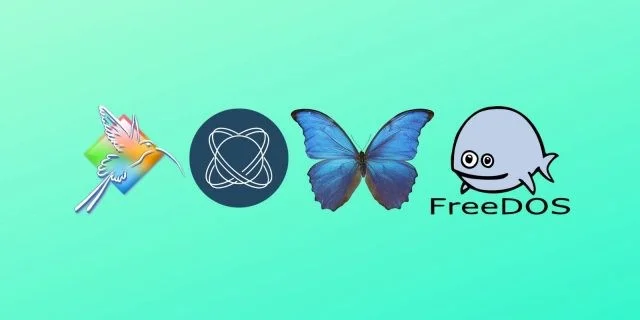
When we hear the phrase “operating system,” we first think of Windows and macOS. Especially advanced ones can also name Linux. And, of course, where would we be without Android and iOS mobile devices these days? But in reality there are much more operating systems. Here are ten little-known systems that you can download and run on your computer - out of curiosity or out of a thirst for novelty.
1. FreeBSD 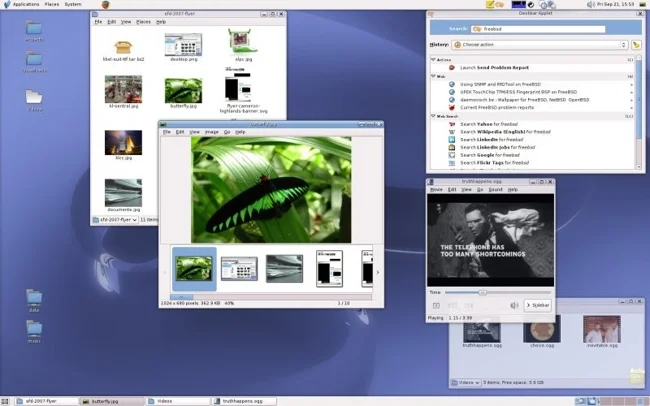
It is a free and open source operating system that is used all over the world on servers and routers, in smart homes, terminals and so on. Even Apple borrowed parts of the BSD code for its macOS and Sony for the PlayStation 4.
You can install FreeBSD for fun, to see what kind of beast it is, but no one forbids using this system for more useful purposes - for example, to create a home mini-server.
2. ReactOS 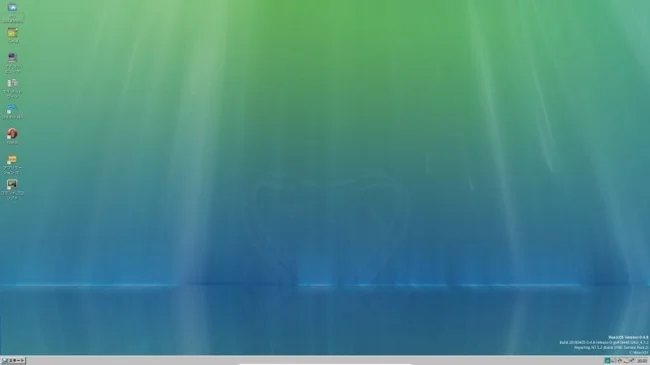
ReactOS is a free and open source operating system that has an unusual goal: compatibility with all Windows programs.
So far, the progress has been modest, but Firefox, MSN Messenger, OpenOffice, StarCraft, Diablo 2, Quake III and some other games and programs already work quite well, crashing only occasionally. But there are problems with launching the latest versions of MS Office and Visual Basic. Externally, the system is very reminiscent of Windows 2000.
3.FreeDOS 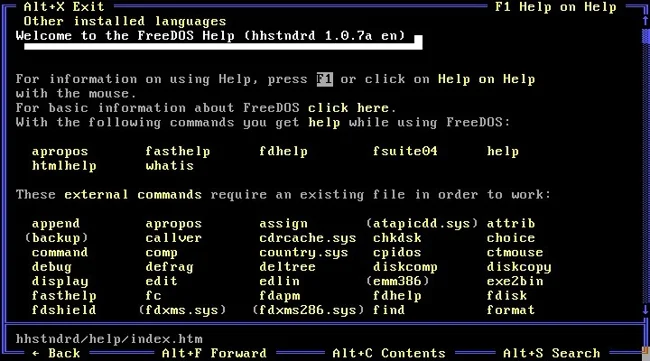
When computers did not yet provide users with attractive interfaces that anyone could easily understand, the queen of operating systems was MS-DOS - the most used system for IBM-PC-compatible computers from the 1980s to the mid-1990s.
If you're nostalgic for those days, love terminal commands, or want to run a really old game (or you're George R.R. Martin and find inspiration in old text editors), then FreeDOS is for you. This is a free analogue of MS‑DOS, compatible with its programs and allowing you to run them on a modern computer or inside a virtual machine.
4. Haiku 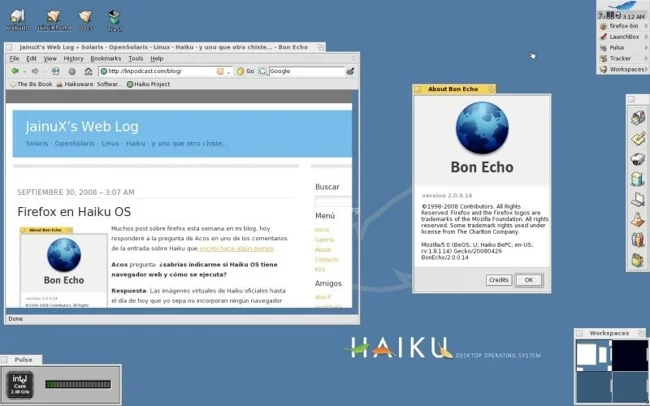
In October 1995, Be Incorporated, created by Apple alumnus Jean-Louis Gassier, released its own operating system, BeOS. It never became popular, and its last version was released in 2000.
Haiku is an enthusiast-made remake of BeOS that is compatible with its software. Haiku is very light on computer resources and can be used to breathe new life into old hardware. Or just to touch the era.
5.MenuetOS 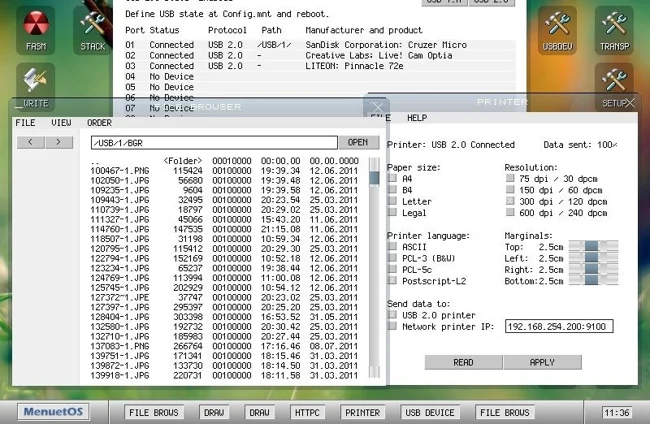
MenuetOS is so small that it fits on a single 1.44 MB floppy disk. To run it, 16 MB of RAM and any video card that supports VESA 1.2 or 2.0 standards is enough. The most outstanding feature of this system is that it was written in assembly language in 2000 by Finnish student Ville Turjanmaa.
It is unlikely that the system will be able to find practical use, but it can be installed for entertainment purposes. For MenuetOS there are some simple games and even one virus called Menuet.Oxymoron.
6. KolibriOS 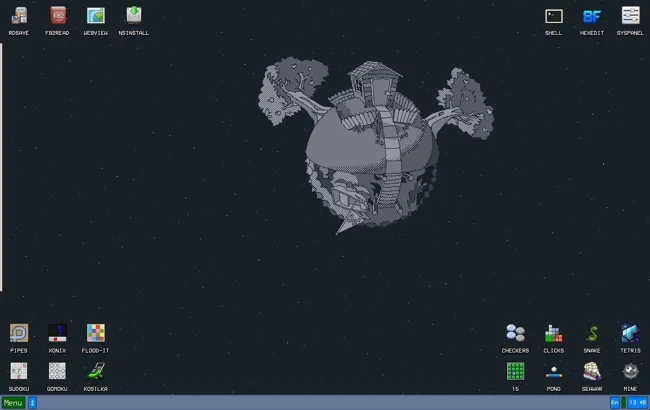
Another operating system written in assembler. This is an analogue of MenuetOS, created by the joint efforts of three dozen programmers from the CIS countries. It also weighs 1.44 MB and easily fits on a floppy disk, but it also contains a set of drivers, a browser, several text and graphic editors and viewers, music and video players, more than 30 games and other programs.
7. AROS 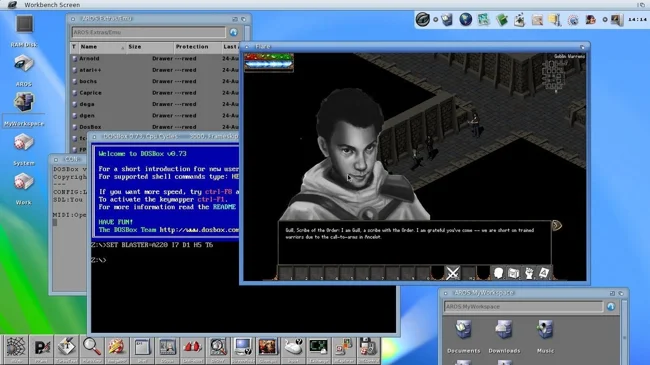
The Amiga 1000, released in 1985, became the world's first multimedia personal computer. True, the Commodore company, which created these cars, was unable to realize their potential and eventually went bankrupt. However, Amiga computers are still loved by enthusiasts.
AROS is a free analogue of AmigaOS that allows you to run programs and games from that system. You can install this OS to play hits like Doom, Quake, DukeNukem 3D, MYST, Descent and Freespace ported to Amiga.
8.MorphOS 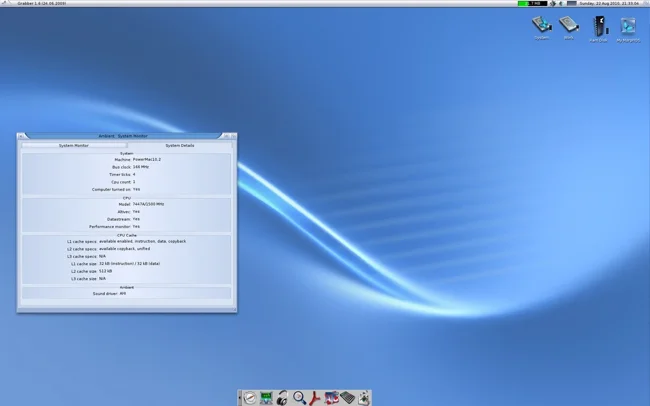
Another operating system, also based on AmigaOS. It supports thousands of programs from there, and it has a pretty nice interface, browser, video player, text editor, custom menus, and even the ability to watch videos on YouTube. Unlike AROS, MorphOS is closed source.
9. DexOS 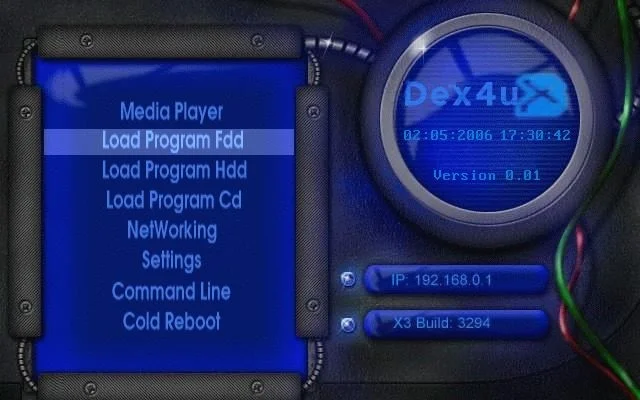
Most operating systems try to replicate the interface of Windows or macOS. But DexOS, created for fun by programmer Craig Bamford, goes in a different direction: it imitates the appearance of the menus on old video game consoles. Like MenuetOS, it fits on one floppy disk.
10. Wayne OS 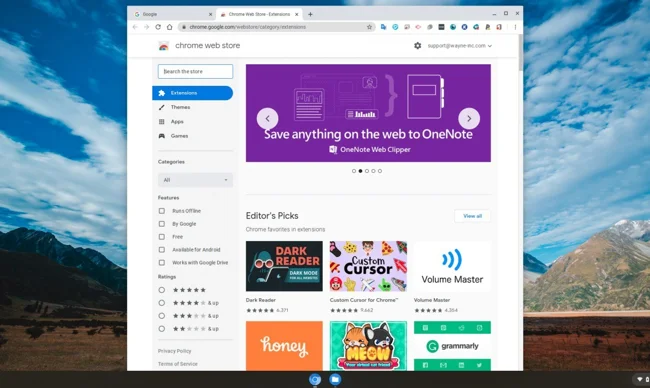
You've probably heard of Chromebooks—cheap laptops that run ChromeOS. It contains nothing but a browser, and most of its “apps” are web services that you open.
Wayne OS is an alternative to ChromeOS that doesn't even require installation. Wayne OS system files need to be copied to a flash drive using a special application downloaded from the developer’s website. Now you will have your own ChromeOS, which you can carry with you (for example, to work or to an Internet cafe) - you just need to download it from a flash drive.
You can download and try these OSs by following the link to the original article.
